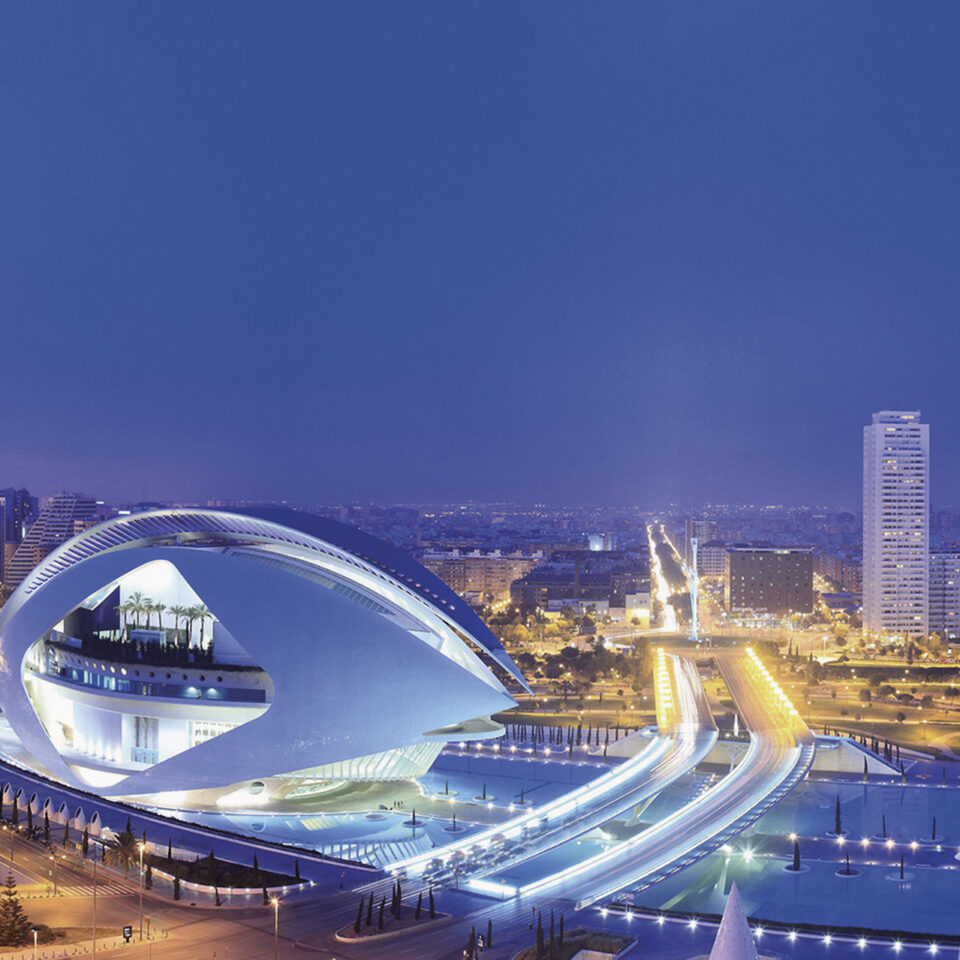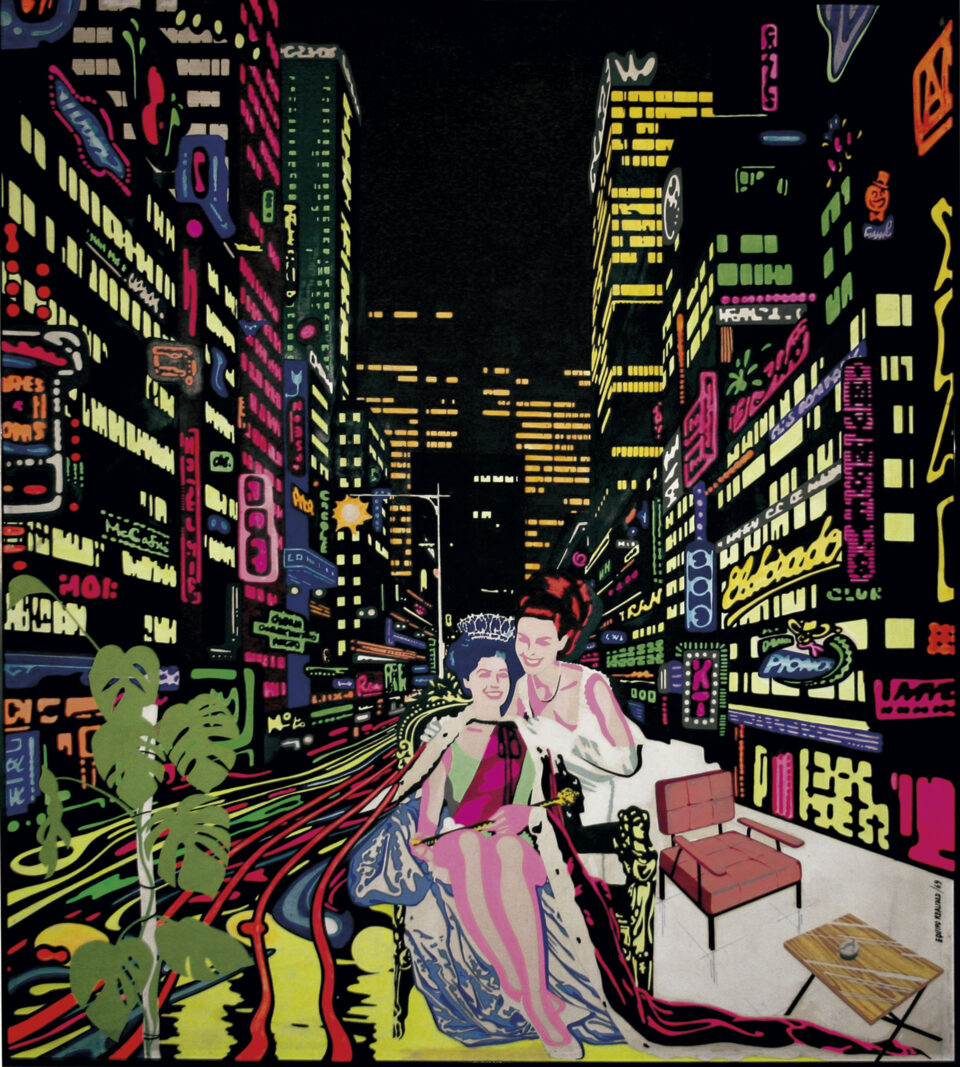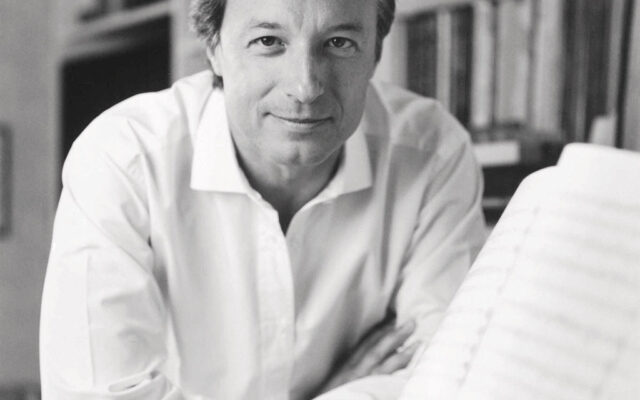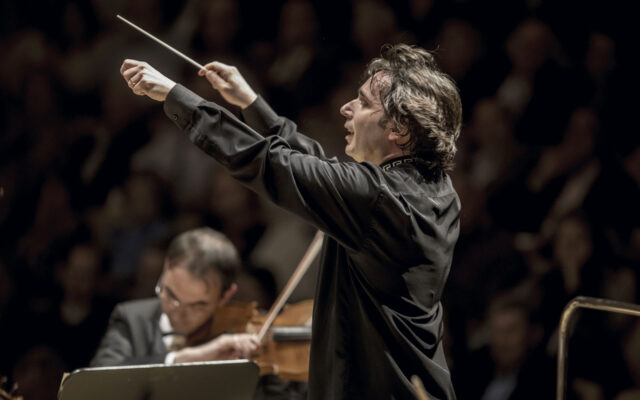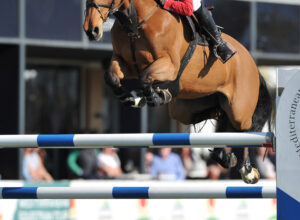The 10th wonder of the world
The Palau de les Arts Reina Sofia was opened in 2005 and it is the final structure built in the City of Arts and Sciences in Valencia, an architectural complex which changed the appearance of the city at the beginning of the last decade. Almost every performance is a sold-out event, its 1.750 seats in the Main Hall are fully booked. It’s glossy surface blends together ceramic and marble, the broken tile mosaic; its magnitude and its ocean liner shape make it magnificent and modern. This was the main objective of the architect, the universal Santiago Calatrava.
It was conceived as a huge music venue, one of the biggest in the world. The building has a surface of 40.000 sq. metres divided into 12 stories, with specific rooms for every different type of audition.
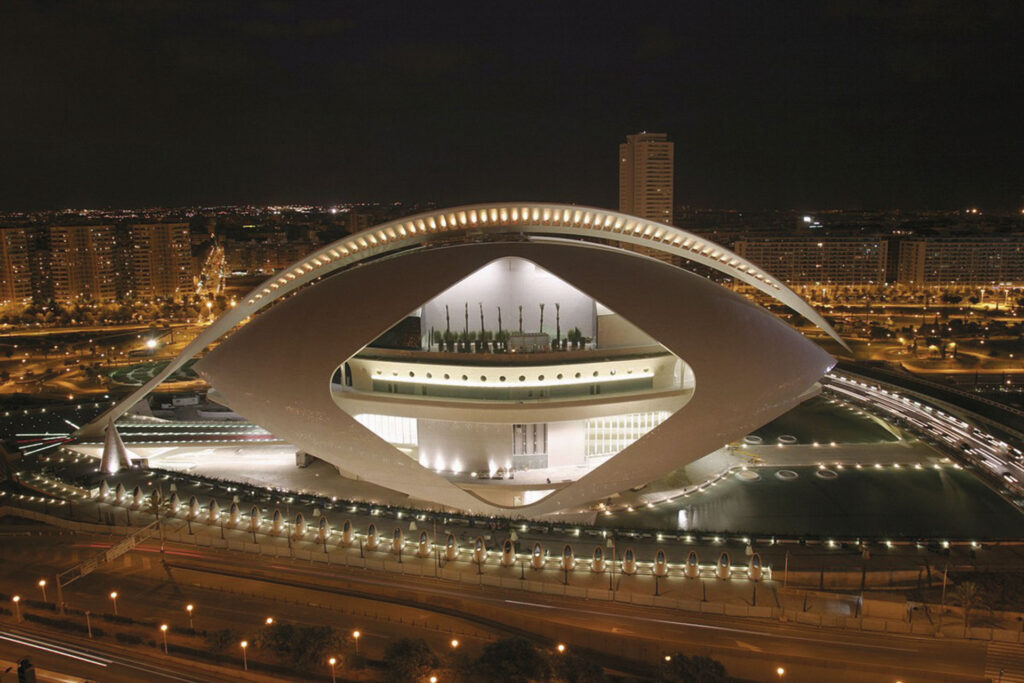
Following an innovative architectural detailing with a lenticular shape, an expansive curved-roof structure and 237 metres in length; the Palau de les Arts Reina Sofia is
75 metres high, 163 metres in length and 87 metres wide in the inside. It has lateral cantilevered roofs with a surface of 27.550 sq. metres. It like an ocean liner.
Lorin Maazel became music director of the Palau de les Arts From 2006 to 2011. From its inception, he affirmed that such a huge architectural masterpiece was set to become an international reference considered “the 10th wonder of the world”. From the tenor Plácido Domingo or the musician Daniel Barenboim, as well as some of the most prestigious international conductors such as Zubin Mehta or the aforementioned Maazel, to the Oscar-winning film director Milos Forman, have made compliments about the building. “There is nothing on earth like the Palau de les Arts”, said the latest.
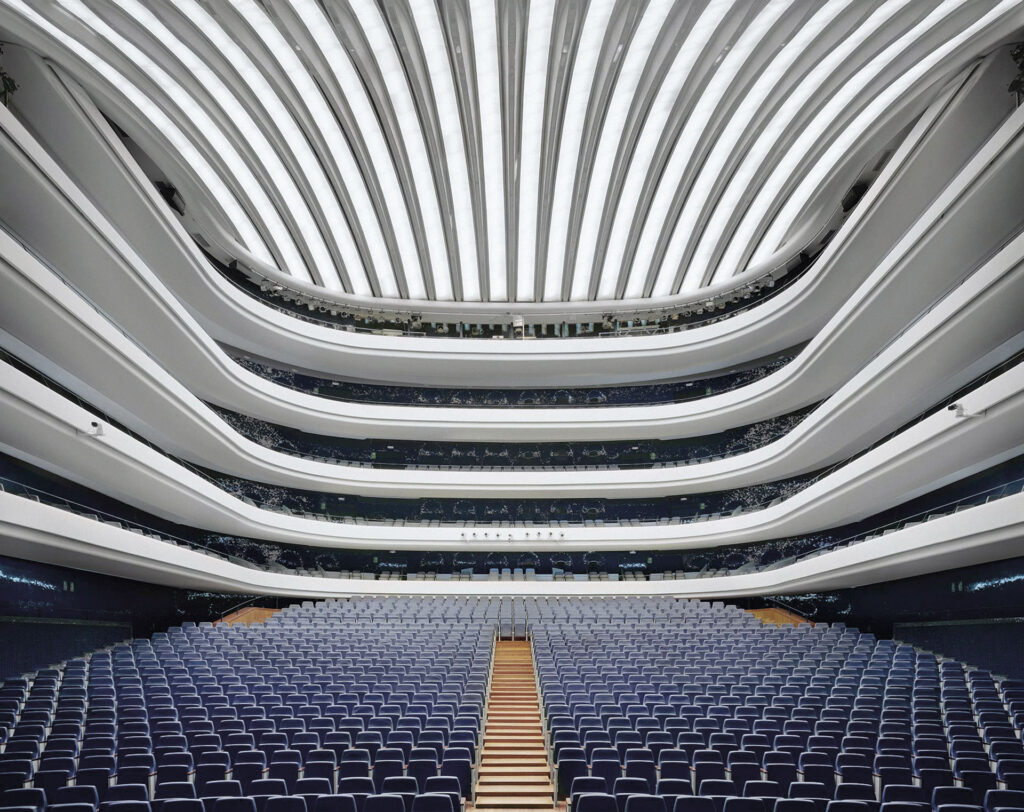
The Valencian colosseum goes beyond opera. It the Reina Sofía museum in Madrid is considered as the temple of the contemporary art, the Palau de les Arts is devoted to the performing arts. It is not only an opera house. It contains four auditoriums which may be converted for chamber or symphonic music, pop, jazz, as well as stages plays, dance or multimedia shows. It has been conceived as a symbol of the Valencian people, who cultivate and support music.
It seats a total of 4.050 people, 1.750 of them in the main orchestra. Since 2005, Valencia was added to the operatic circuit with the aim of becoming one of the greatest cities specialised in this genre such as Paris, Milan, Sydney, Madrid or Barcelona. However, the current general director has taken a more realistic view, having the operas in Lyon and Amsterdam as a reference.
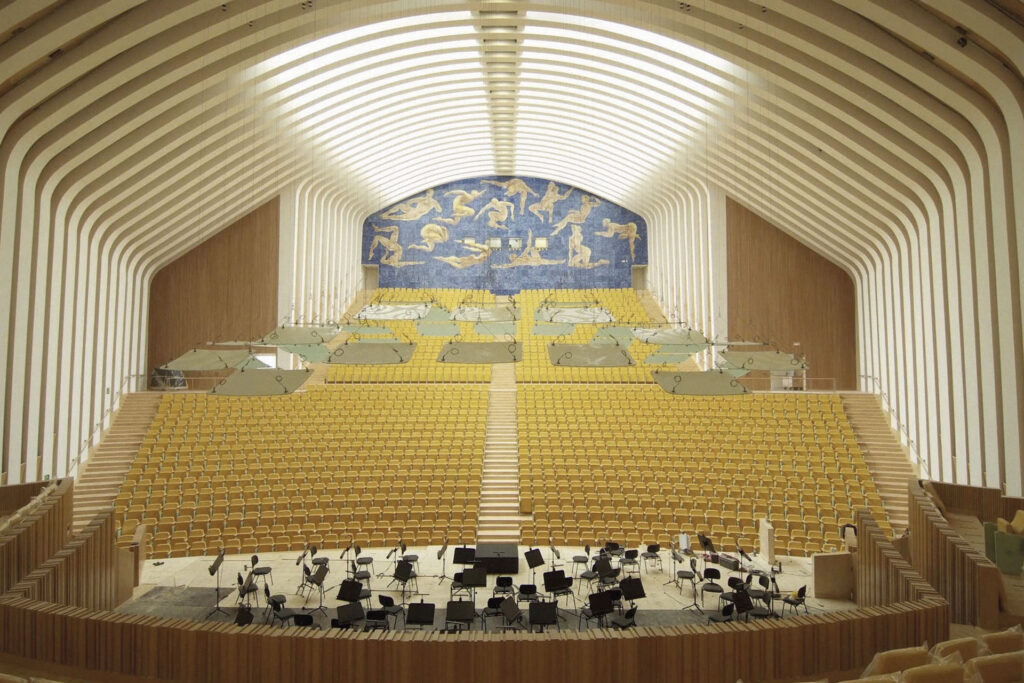
The first opera staging was Beethoven’s Fidelio on 25th October 2006. From its inception until early 2015, administration of the company was under the leadership of Helga Schmidt who took on Lorin Maazel as a music director. He was also tasked with forming the resident orchestra for the theatre, the Valencian Community Orchestra. Some major artists and conductors have gone through the stage, for example, Zubin Mehta who lead the Festival del Mediterráneo until 2014. A mini-opera festival with the first Spanish production of Wagner’s tetralogy Das Rheingold, among other performances. Plácido Domingo got involved in the project as the director of the Perfecting Center with the aim of promoting a high level of vocational training for young singers.
The 2018-2019 season has inescapable dates. The Swan Lake, composed by Piotr Ilich Tchaikovsky (1840-1893), is now one of the most popular of all ballets. This masterpiece will be performed during the Christmas holiday, from 29th December to 5th January, together with the Valencian Community Orchestra situated in the pit and le corps de ballet from the Ópera de Astanà.
Plácido Domingo, both as a singer and as an orchestra conductor, is maintaining a very special relationship with Valencia. It is made a reality as he regularly performs two concerts and with the celebration of the 10th anniversary of the Perfecting Center, named after him.
Lots of Verdi’s (1813-1901) first works have gone through the stage in Les Arts and a new one will be performed for the first time from 6th February: I masnadieri. It is based on the play The Robbers by Friedrich von Schiller, one of the greatest forefathers of the Romanticism in Germany. A melodrama whose producer, Gabriele Lavia, carries towards a current situation of confrontation between youth gangs in the suburbs and sets an electrifying almost cinematographic pace.
Les Arts is bringing one of the most interesting plays of the season from 22nd March. Not very well known, the lyric opera Iolanta, who has been blind from birth and no one has ever told her (nor does she know) that she is a princess. A metaphor of the sexual arousal thriving on cheeky images is the perfect excuse for the explosion of the distinctive melodic vein of the composer. The orchestra conductor is the Hungarian Henrik Nánási, who has always had good vibes with the Valencian Community Orchestra.
Le roi s’amuse is the play upon which is based the libretto written by Nicola Piave for Rigoletto and the opera may be viewed from 11th to 22nd May under the music conduction of Roberto Abbado.

From 22nd June to 2nd July, there will be on stage another of the most important operas in the Italian repertoire: Lucia di Lammermoor by Gaetano Donizetti (1797-1848). The opera is based upon a novel by Walter Scott, the writer of the historical novel, whose action is framed in Scotland in a historical moment of disputes and emotional fragility.
